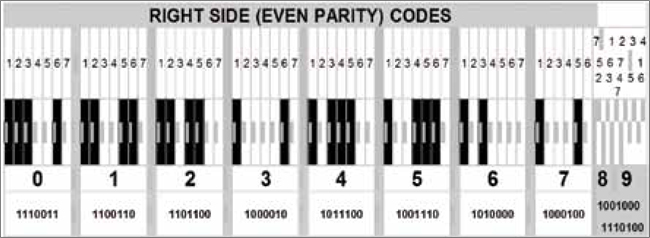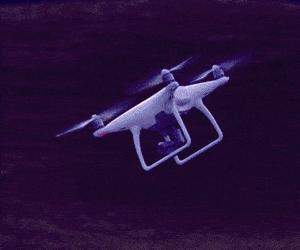Coupon barcodes.
EAN 13. It can be used to encode a simple code number, which must begin with ‘99.’
UPC coupon. It uses a combination of UPC A and GS1 128, which allows extra information to be encoded.
GS1 coupon. It is a new structure that uses DataBar Expanded and encodes even more information than the UPC Coupon.

Packaging barcodes. They are usually used on the shipping cartons that contain many items to give information about the contents.
ITF barcode. Known as UPC shipping in North America, it identifies th product in the box.
GS1 128 barcode. Formerly known as EAN 128, it is capable of providing details including dates, batch numbers, weight, quantity and dimensions of the product.
DataBar expanded (formerly known as RSS expanded) and GS1 DataMatrix barcodes. These can encode the same information as GS1 128 using less space.
Publishing barcodes. Books require a variation of EAN 13 barcode which encodes the ISBN number, plus optional pricing information. But newspapers and magazines require a variation of EAN 13 that can encode the ISSN number as well as the issue number and optional pricing information.
Sheet music requires a variation of EAN 13 which encodes the ISMN number.
Barcodes for non-retail labels. There are many different symbologies used for representing alphanumeric codes. Among them the most popular are:
Code 25. Also known as Interleaved 2 of 5 used for digits only.
Code 39. It is used for digits, letters and a subset of other characters.
Codabar. It is used for digits and a few other characters.
Code 128, Code 93 and Telepen. These are used for the full ASCII character set.
Pharmaceutical barcodes.
Pharma code. It is used for quality control and product identification for most pharmaceutical products. Often one or more of the bars have different colour.
2D Pharma code. It is a specialised form of DataMatrix that additionally encodes colour information.
Barcodes for encoding a website’s address.
Quick response (QR code). Its a 2D barcode. QR code can be used to encode a website’s address, which can then be scanned by a mobile phone. It can be seen on printed advertisements, promotional material or product packaging.
Functional operations of barcode system
A single barcode number has seven units which are either black or white. A black unit is displayed as a ‘bar,’ where as a white unit is displayed as ‘space.’ Another way of writing a barcode unit is ‘1’ for a single unit ‘black bar’ and ‘0’ for a single unit ‘white space.’ For instance, the number ‘1’ is composed of seven units, ‘0011001’ or ‘space-space-bar-bar-space-space-bar.’
In UPC barcode, the same numbers on the left-hand side—the manufacturer code—are coded differently than the numbers on the right-hand side—the product code. The numbers on the left are actually the ‘inverted’ or ‘mirrored’ codes of the numbers on the right.
Fig. 1 and Fig. 2 show the left and right side codes matching the corresponding numbers, separated into seven single units.
For instance, a ‘bar’ on the right side is a ‘space’ on the left. The right-side codes are called ‘even parity’ codes because there is an even number of ‘black bar’ units. For instance, ‘6’ on the right side is ‘101000,’ with two even-numbered ‘black bar’ units. The left-side are called ‘odd-parity’ because there are odd number of ‘black bar’ units. For instance, the left-side ‘6’ is ‘0101111’ with five odd-numbered ‘black bar’ units. Having different coded numbers for each side allows the barcode to be scanned in either direction.
[stextbox id=”info” caption=”Application of barcode system”]1. Retail applications
• Super markets
• Universal product code
• Price and description information
2. Warehousing
3. Health care applications
• Drugs, instruments
• Identification of expiry date
• Blood banking—to find blood group, expiry date, donor traceability etc
4. Inventory control
• Portable readers
5. Work in process (WIP) tracking
6. Company inventory
• Raw materials
• WIP—components, assemblies, and semi-finished products
• Finished products
7. Shipping
8. Electronic data interchange
• Direct communication between two or more companies’ network
• Industry-wise EDI standards
• Reduces cost and saves time of business transaction
9. Library management[/stextbox]
Basics about the codes
Every barcode number is equal to four different ‘marks.’ A ‘mark’ can be either black (bar) or white (space). The ‘marks’ vary in width, but there are always four different marks—two ‘bar marks’ and two ‘space marks.’
The left-side code always begins with a ‘space’ or ‘0’ and ends with a ‘bar’ or ‘1.’ The right-side code is just the opposite; it begins with a ‘bar’ or ‘1’ and ends with a ‘space’ or ‘0.’






